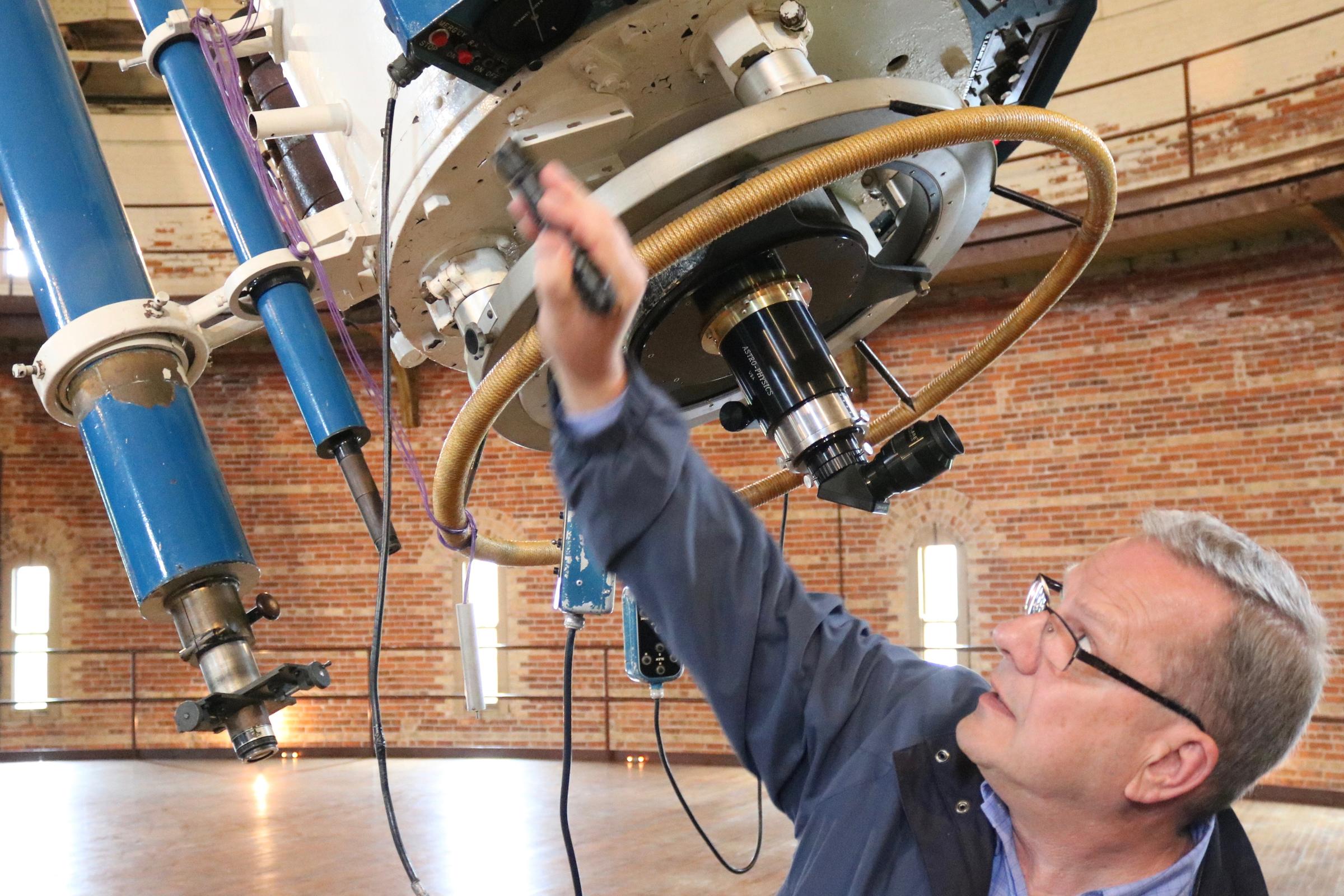
USA, UK, Canada, Chile, Australia, Argentina, BrazilĬerro Pachón (CTIO), Coquimbo Region, Chile Paranal Observatory, Antofagasta Region, Chile South African Astronomical Obs., Northern Cape, South Africa South Africa, USA, UK, Germany, Poland, New Zealand Roque de los Muchachos Obs., Canary Islands, Spainĩ1 × 1 m (39 in) hexagonal segments forming a 11 m × 9.8 m mirror Mount Graham International Observatory, Arizona, USA All telescopes with an effective aperture of at least 3.00 metres (118 in) at visible or near-infrared wavelengths are included.

HET) are also ranked by their equivalent aperture. Multiple mirror telescopes that are on the same mount and can form a single combined image are ranked by their equivalent aperture. This list is ordered by optical aperture, which has historically been a useful gauge of limiting resolution, optical area, physical size, and cost. Another advantage of Earth based telescopes is the comparatively low cost of upgrading and replacing instruments.įurther information: List of large optical telescopes The combination of large mirrors, locations selected for stable atmosphere and favorable climate conditions, and active optics and adaptive optics to correct for much of atmospheric turbulence allow the largest Earth based telescopes to reach higher resolution than the Hubble Space Telescope. Location in the northern or southern hemisphere of the Earth can also limit what part of the sky can be observed, and climate conditions at the observatory site affect how often the telescope can be used each year. Space-based telescopes, such as the Hubble Space Telescope, take advantage of being above the Earth's atmosphere to reach higher resolution and greater light gathering through longer exposure times. Largest does not always equate to being the best telescopes, and overall light gathering power of the optical system can be a poor measure of a telescope's performance. When the two mirrors are on one mount, the combined mirror spacing of the Large Binocular Telescope (22.8 m) allows fuller use of the aperture synthesis. Telescopes designed to be used as optical astronomical interferometers such as the Keck I and II used together as the Keck Interferometer (up to 85 m) can reach higher resolutions, although at a narrower range of observations.

The mirrors themselves can be larger than the aperture, and some telescopes may use aperture synthesis through interferometry. This list of the largest optical reflecting telescopes with objective diameters of 3.0 metres (120 in) or greater is sorted by aperture, which is a measure of the light-gathering power and resolution of a reflecting telescope.


 0 kommentar(er)
0 kommentar(er)
